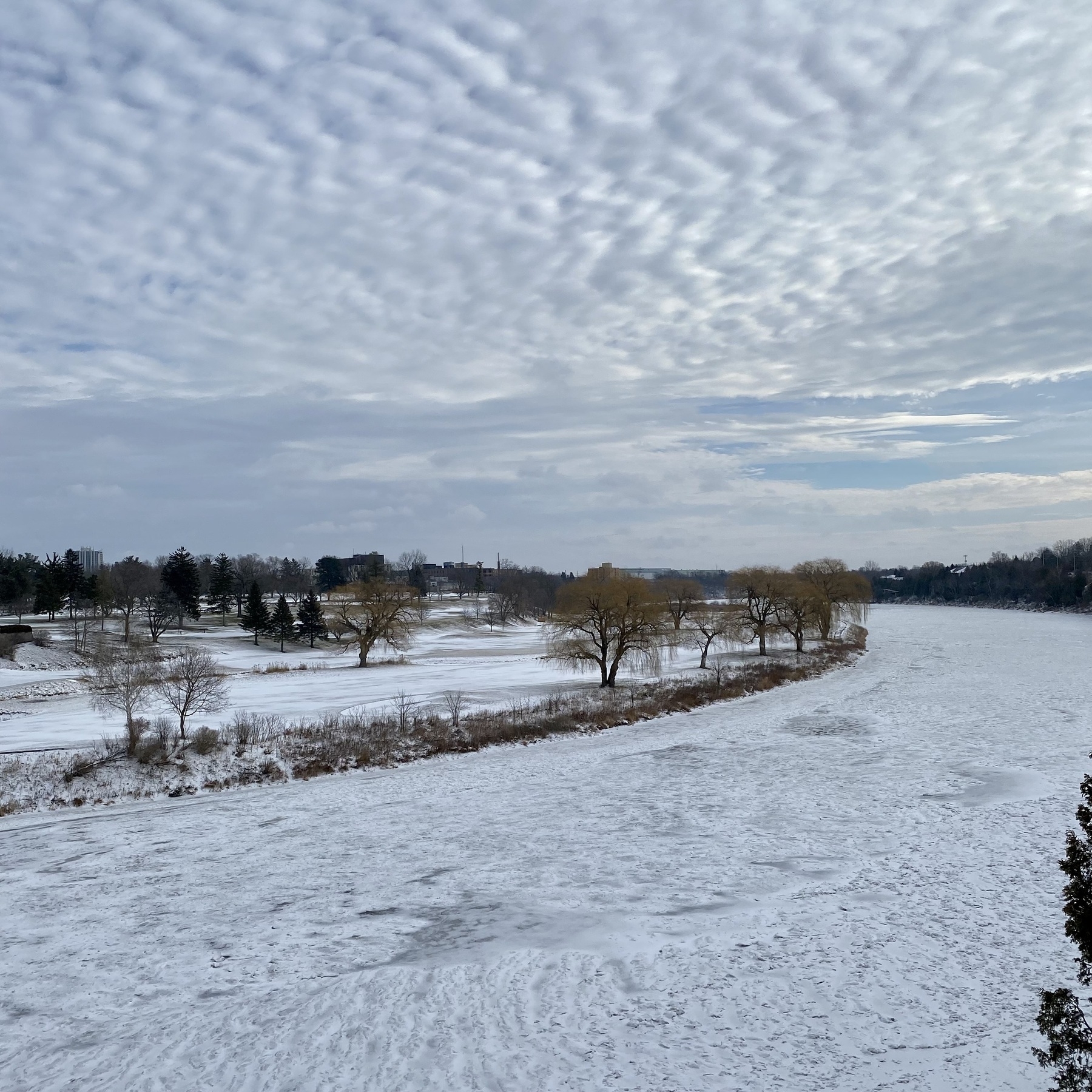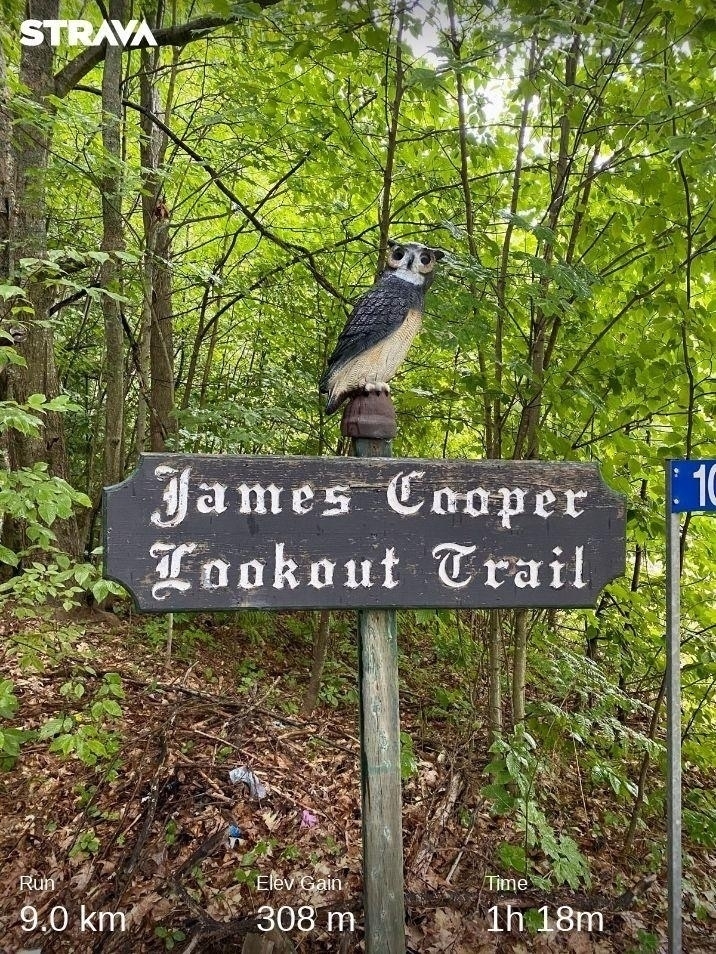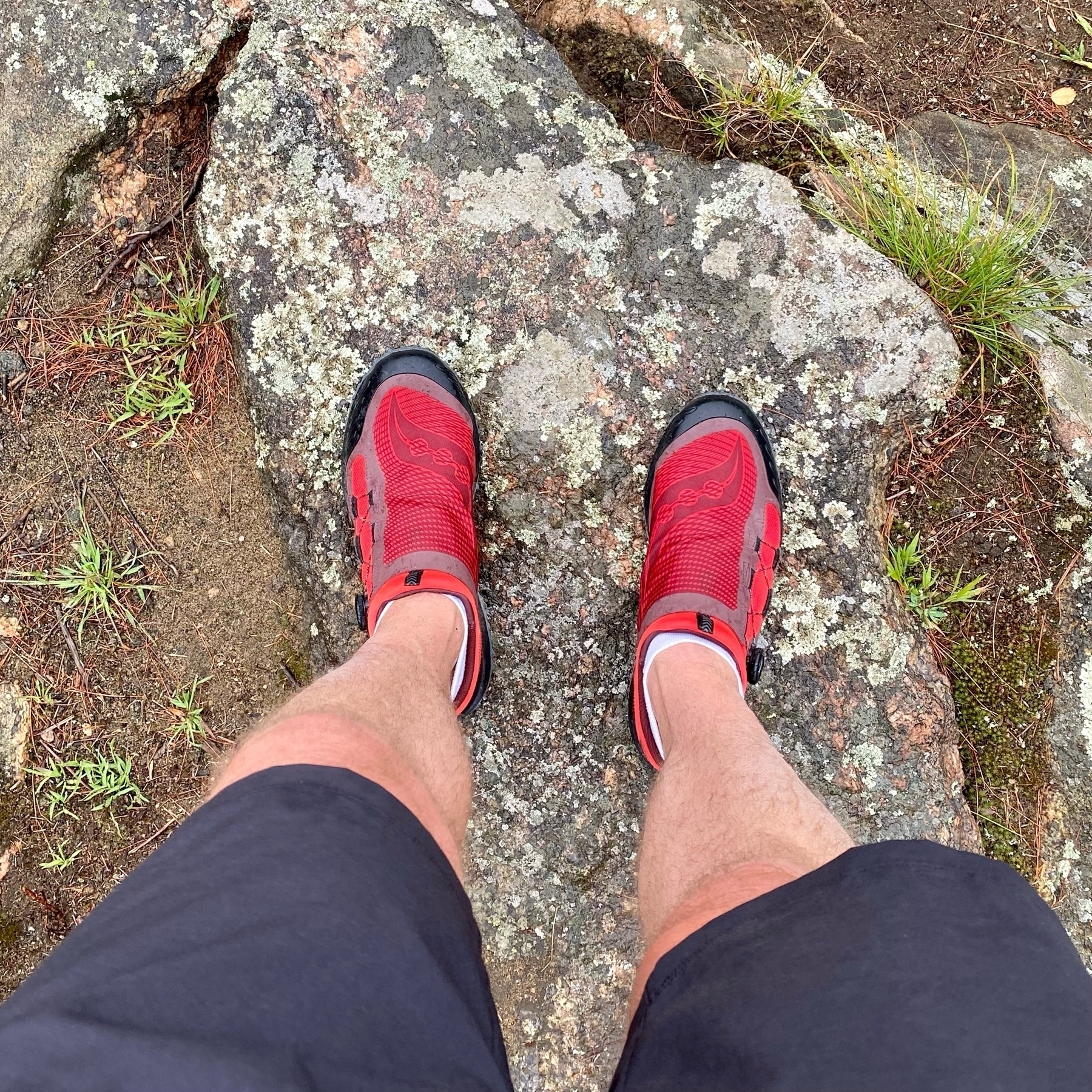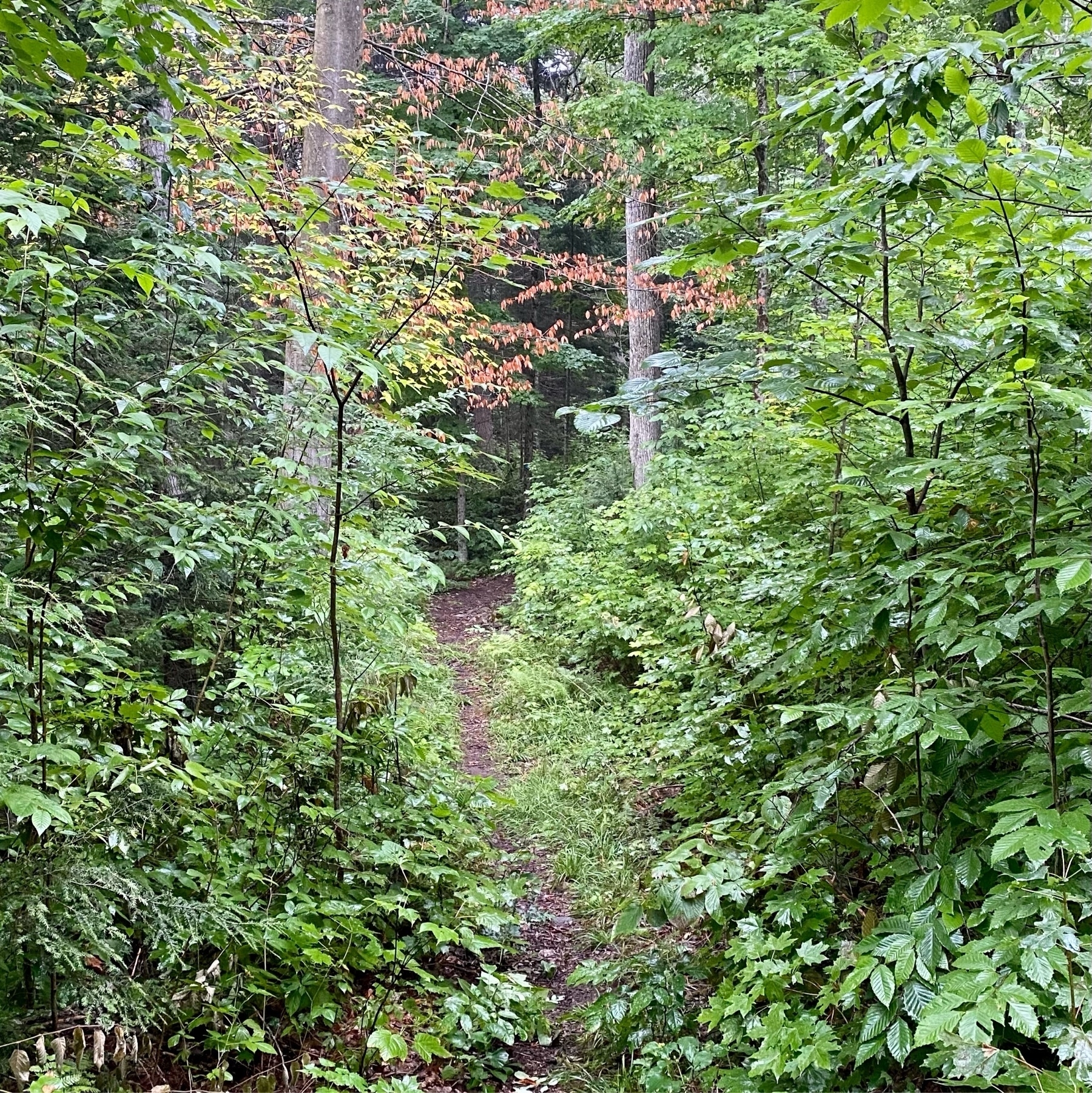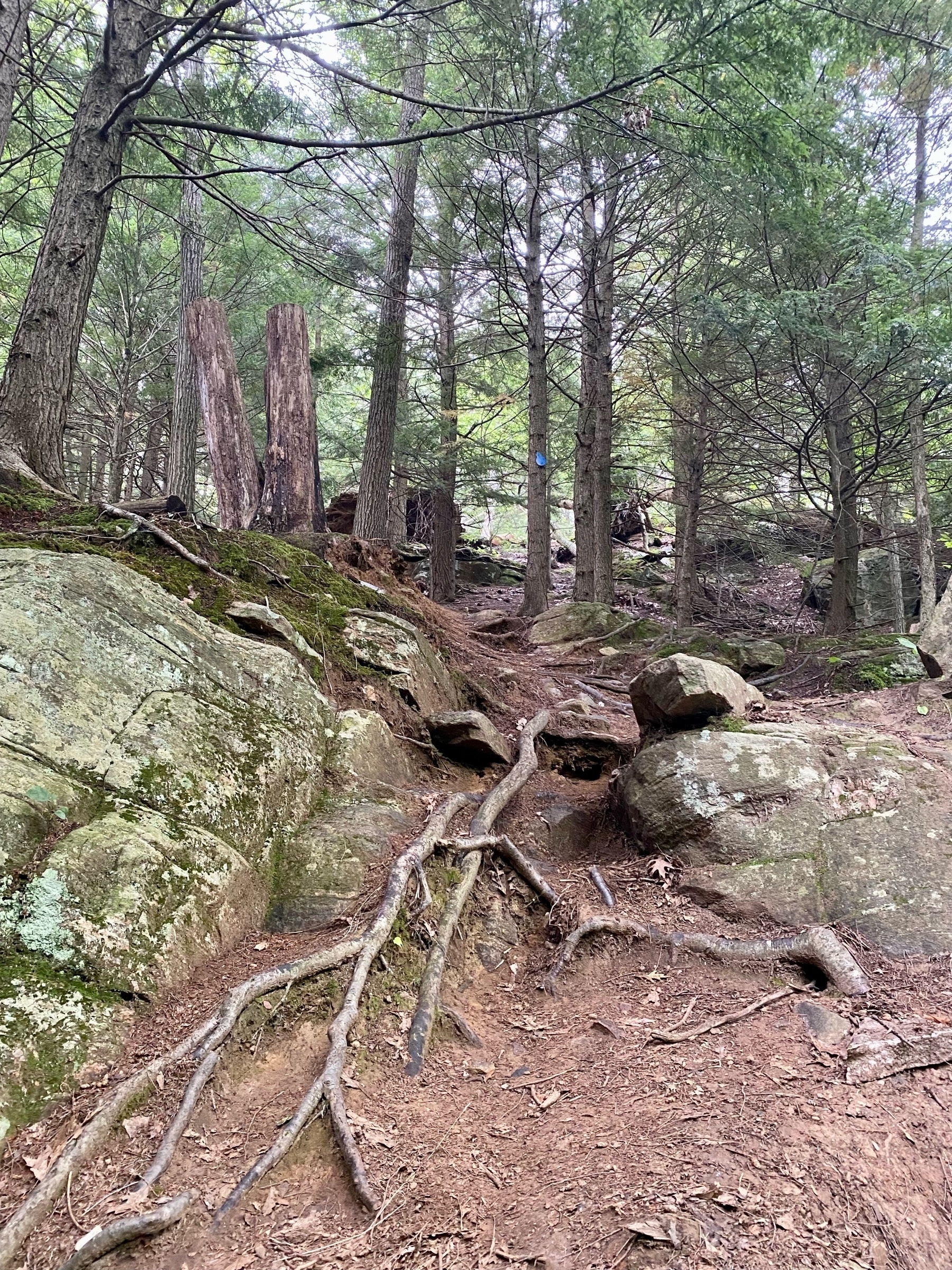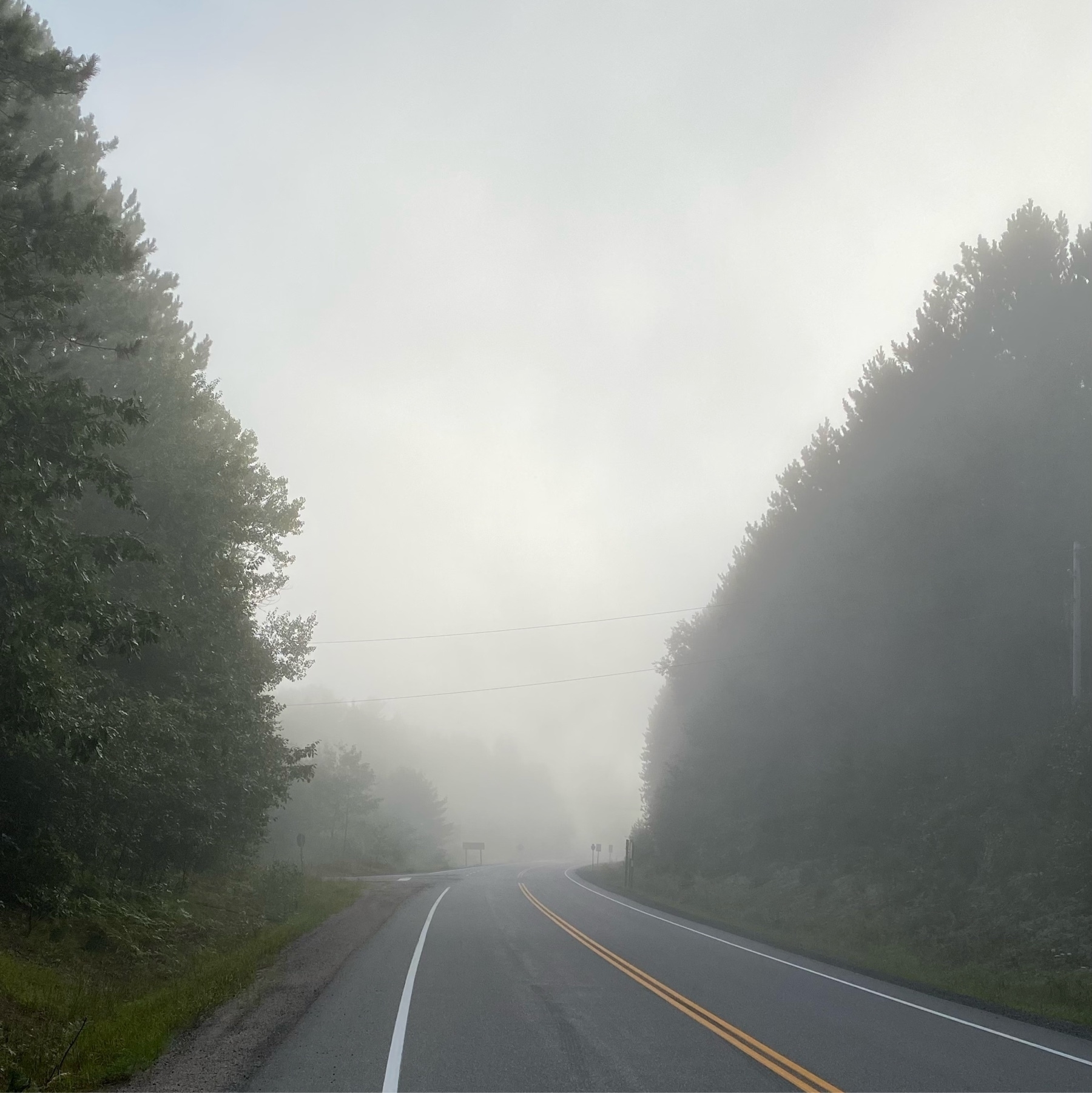fitness
- Wetsuit: $400 for the Nineteen Pipeline a decent entry level model
- Swim equipment: $200 for a bathing suit, flutter board, goggles, swim cap, and other gear
- Swim buddy: $70 and important if doing any open water swimming. Provides visibility for boaters, something to hold onto if you need a rest, and some storage space
- Swimming fees: $100 for access to a local municipal pool for a few months. A common alternative is to join a swim club, which would be more expensive, but would also include coaching and community support
- Before investing in a bike, I invested $200 in a bike sizing session. No point in buying a bike that didn’t fit!
- Bike: Of all the items in the budget, this is both the most expensive and the most variable. You can spend $15,000 on a fancy bike or get by with a used one in the few hundred dollar range. This Trek for $2,500 both fit my needs and was actually available (COVID-induced shortages wreaked havoc on bike supply chains)
- Turns out that fancy bikes don’t come with pedals, so another $200 for those and $300 for shoes
- Also, based on the bike fit, I swapped out the handlebars with another set for $200, plus aero bars for $300
- Another $500 for clothes, water bottles, bottle cages, and a repair kit
- Given I started training in the winter, I added an indoor trainer for $1,000
- Bike computer: $400 for the Garmin Edge 130. Since I was already tracking metrics via my Apple Watch and iPhone, I kept this one simple, mostly just to have easily visible metrics during long rides on the weekend
- This one is pretty easy, two sets of running shoes at about $200 each
- Trisuit: $200
- Registration fee for the event: $500
- Accommodations for three days: $1,000. This one is obviously pretty variable, based on the event location
- A coach for 6 months at $280/month and worth every penny
🏊♂️🚴♂️🏃♂️ I’ve cancelled my Strava subscription. This isn’t directly caused by the price increase (though a 100% increase is big!), rather this was a good reason to reconsider the service. Most of the Strava features that I’ve found useful (detailed analytics for the most part) I can also get from the built-in Apple Fitness metrics, augmented by the HealthFit app. So, I’m not seeing the value in keeping the subscription. I’ll keep using the app, though, since I do appreciate the social aspects of the service.
My 2022 focussed on fitness. Strava helpfully summarizes this as over 4,000 km travelled with 1,600 🏃♂️, 2,500 🚴♂️, and 100 🏊♂️. Plus 🏋️♂️ and essential 🧘♂️ sessions. I’ll build on this in 2023 while striving for balance

🏃♂️ Running in fresh snow can be nice. The ambient noise of the city is muffled and the snow cushions your foot striking the ground ❄️

🏃♂️ I expected the rain on today’s zone 2 trail run. The hail and wind gusts were a surprise. Hard to hold zone 2 while being pummelled by ice! 💨🌧️🥶

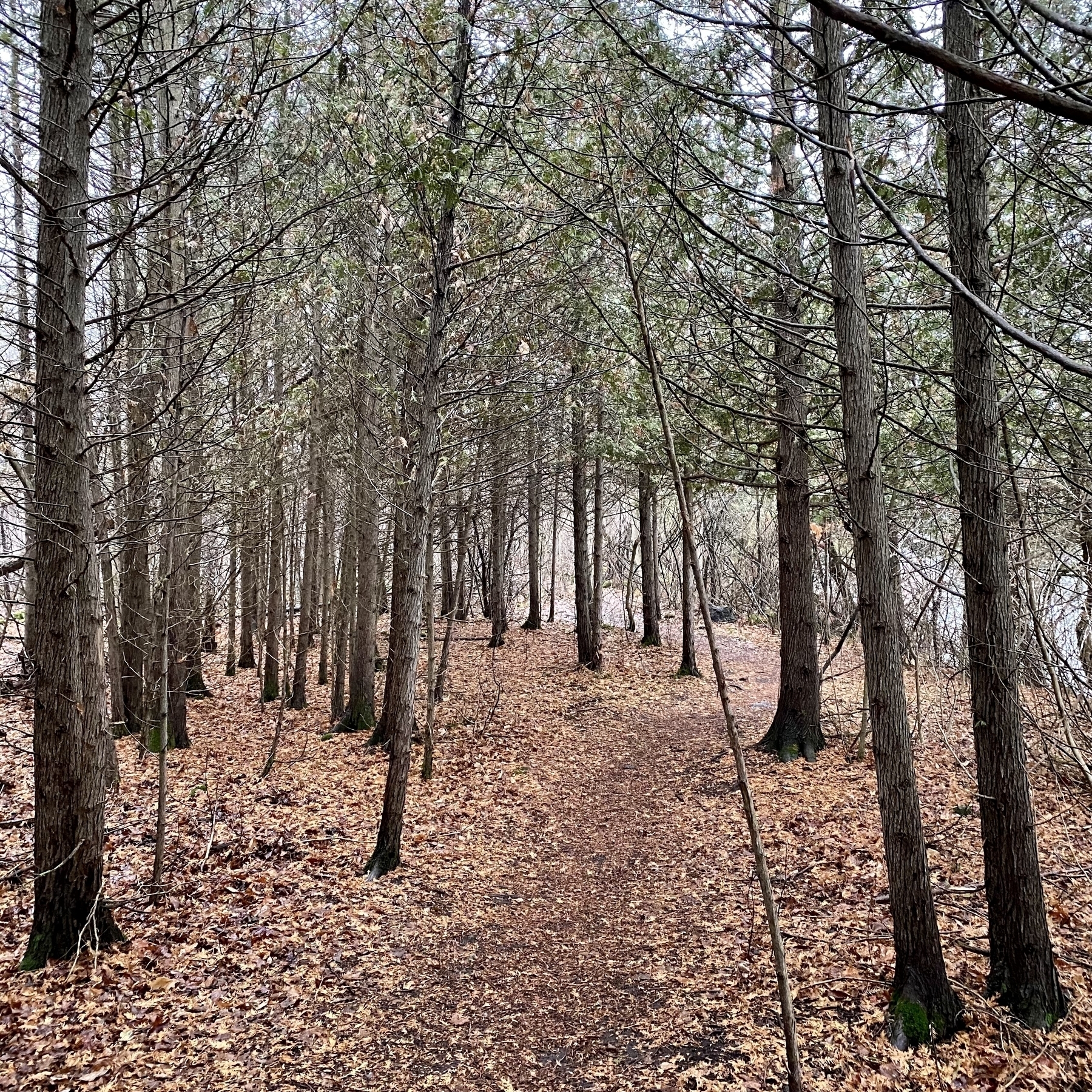
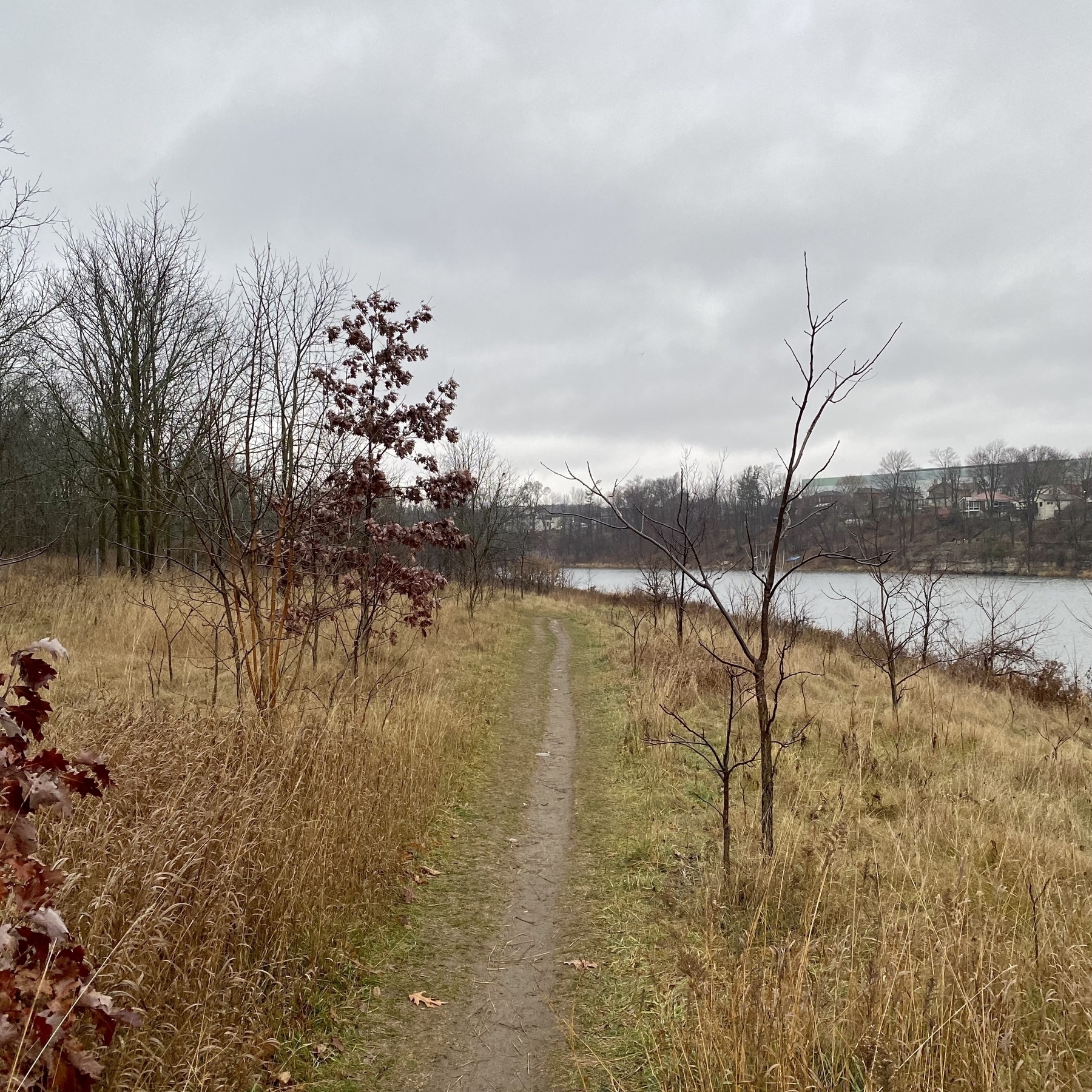
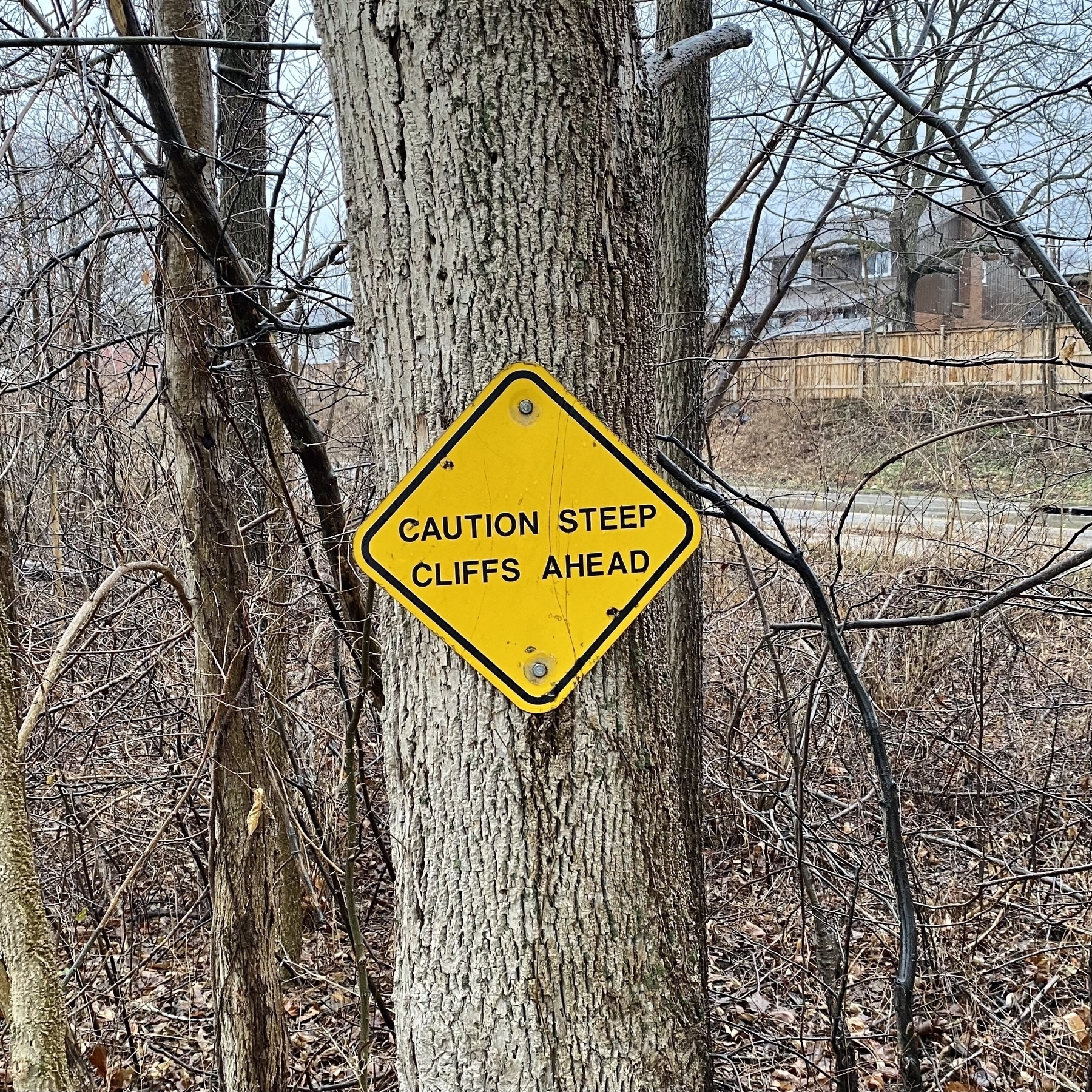
🏃♂️An easy, zone 2 run today. Almost dark by 5pm
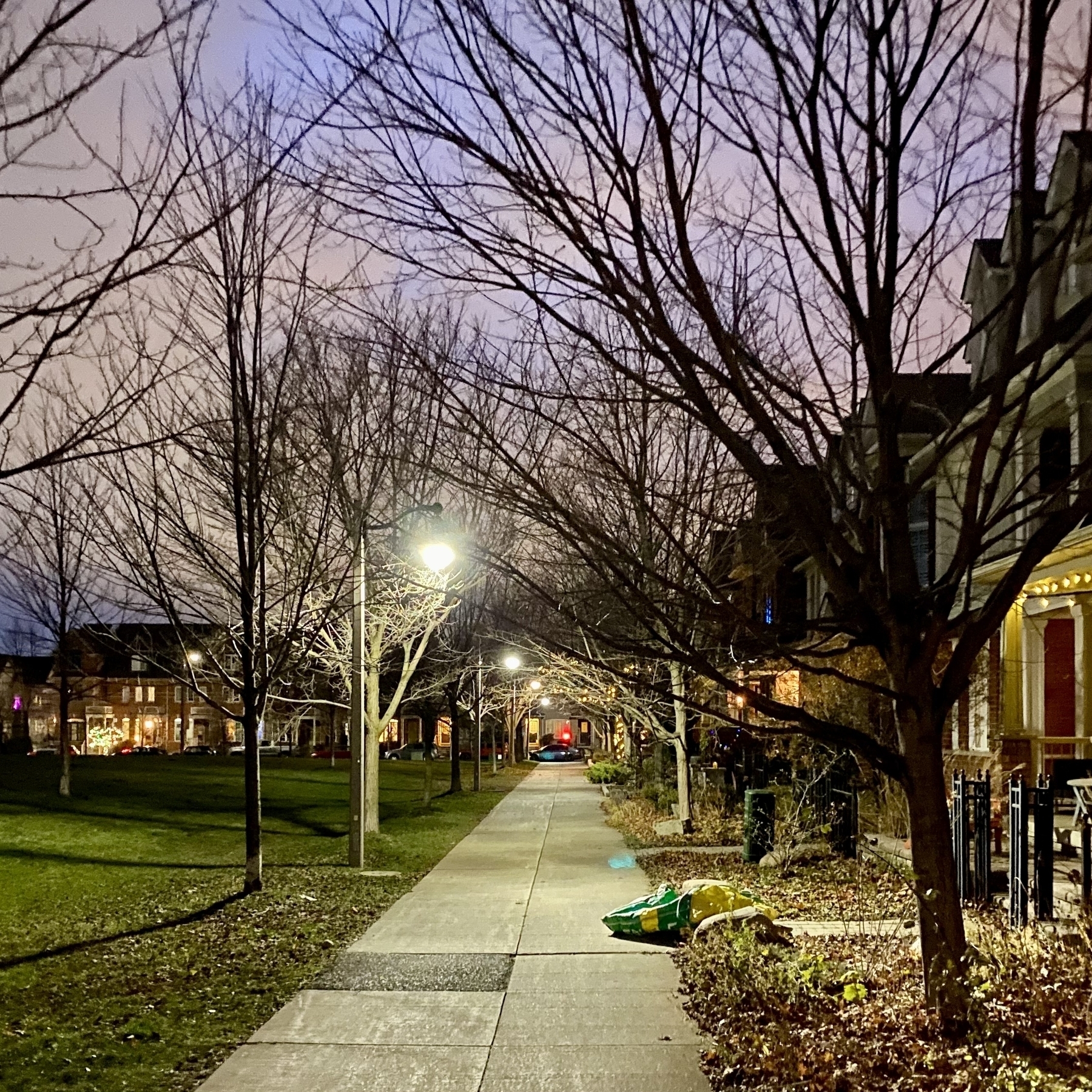
🏃♂️ I’d planned for an easy zone 2 run this morning. Picked the wrong running group though. Time to update my zones anyway. I likely shouldn’t be able to hold zone 5 for so long

How much does a Triathlon cost? 🏊♂️ 🚴♂️ 🏃♂️💰
Other than knowing if I was physically capable of finishing, the main source of uncertainty when I signed up for my first triathlon was how much it would cost. Starting out, I had one pair of running shoes and some goggles from my kids' swimming lessons. So, I knew I’d need to invest in a lot of gear.
Here’s the list of what I ended up buying along with some commentary. Of course it is important to note that these costs can vary widely, based on what you may already have and the budget you’re willing to spend. For several of these items, there’s a very wide range of costs from barely good enough to really fancy. I tended towards the medium-low end of the distribution: enough to get good, reliable equipment, but far away from top end. I figured I should at least finish one triathlon before investing too much money in equipment.
All amounts are in Canadian dollars and rounded to something reasonable.
Swimming
Total: $800
Biking
Total: $5,600 (yikes)
Running
Total: $400
Other
Some odds and ends:
Total: $3,400
In the end, about $10,000! Seems like a lot (and it is), though it was spread out over 8 months. Plus, this was essentially my only hobby and leisure activity for that time. Nonetheless, I’m grateful to my family for putting up with this.
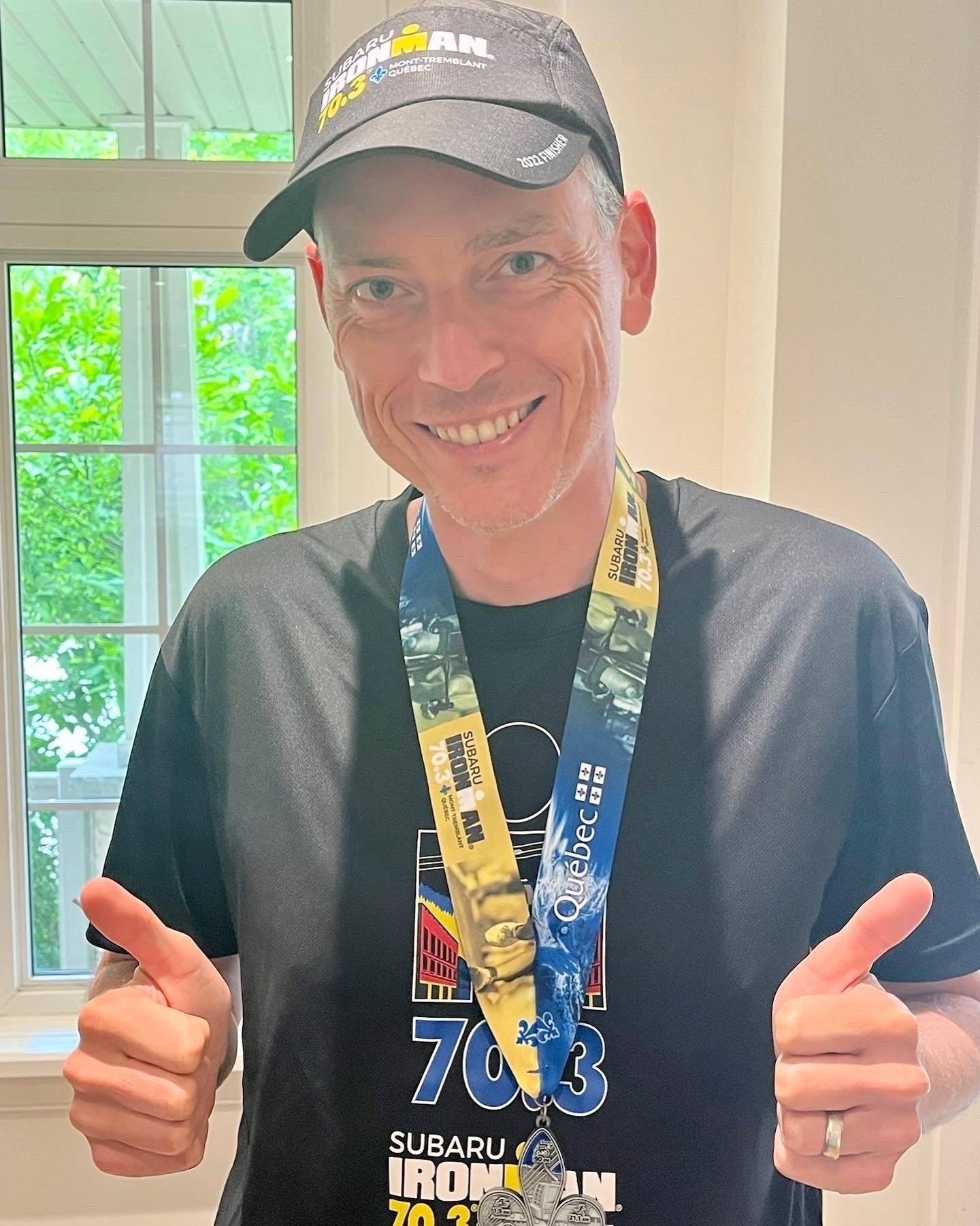
I’m enjoying these Yoga for Every Runner sessions in Apple Fitness. I’m certain that mobility is important for staying active 🏃♂️
I’ve registered for the Ironman 70.3 in Muskoka 🏊♂️🚴♂️🏃♂️

I’ve enjoyed a couple of Time to Run sessions. The coaches are relatively restrained, while offering useful tips, and the music fits in well. They’ll be good for days when I don’t have anything specific planned and have about 40 minutes to spare 🏃♂️
The hanger for my rear derailleur broke on my commute this morning. So, a shortened ride, along with a minor crash when the freed derailleur ended up in the spokes of the rear tire and I tumbled over the handlebars 🚴♂️
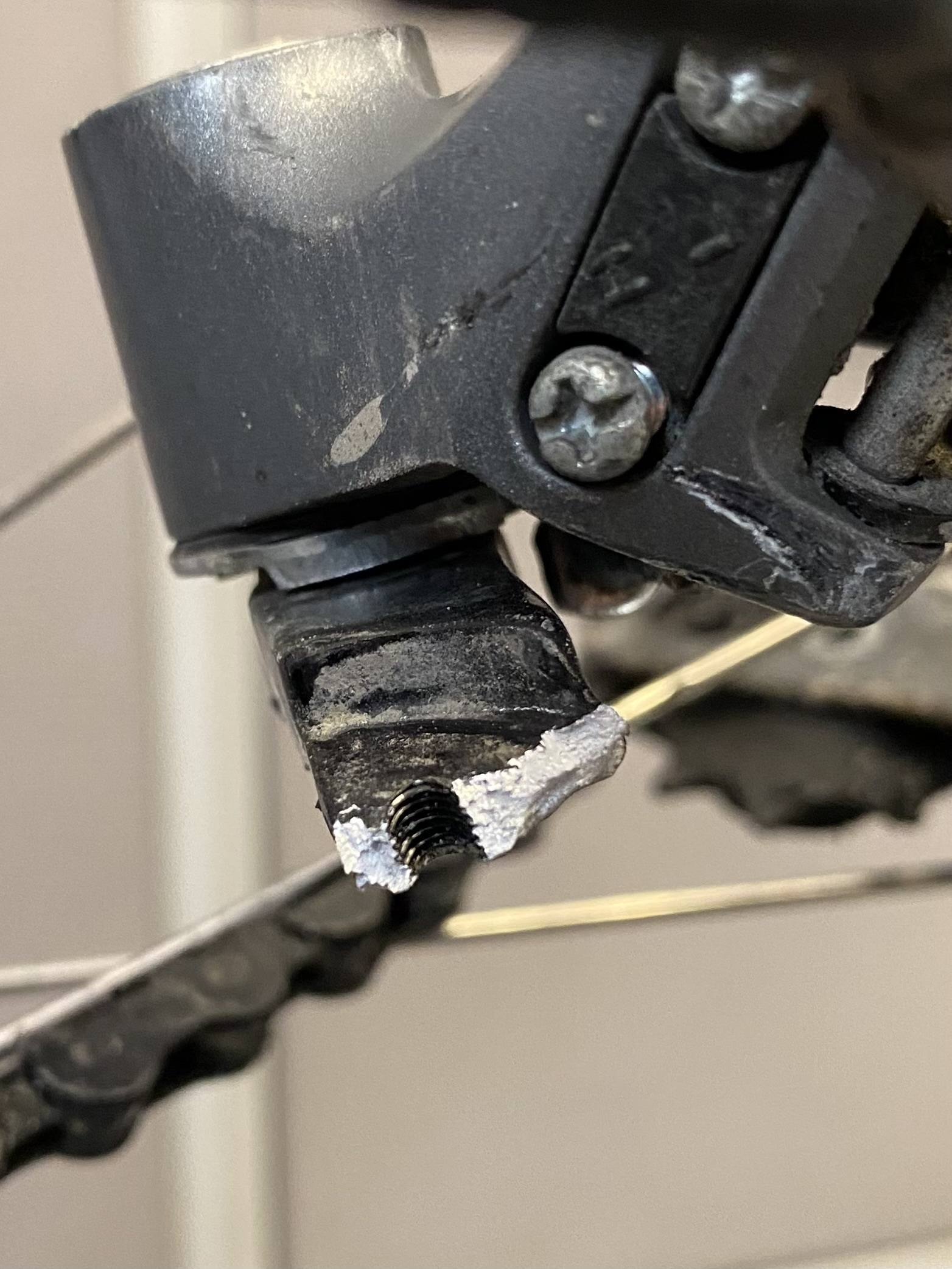
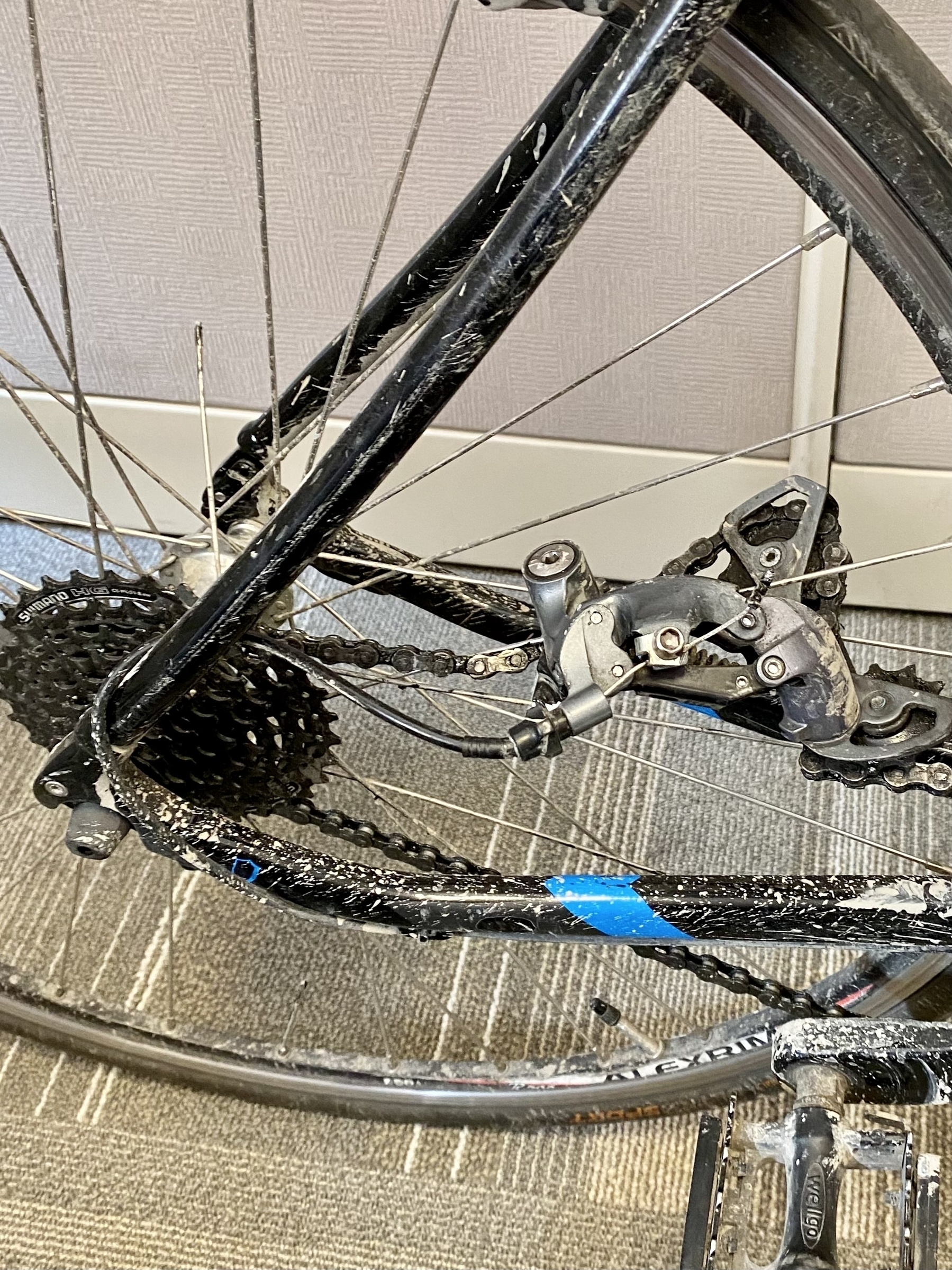
Fun ride to Unionville today 🚴♂️

An early start for today’s ride to avoid the heat and catch the sunrise 🚴♂️
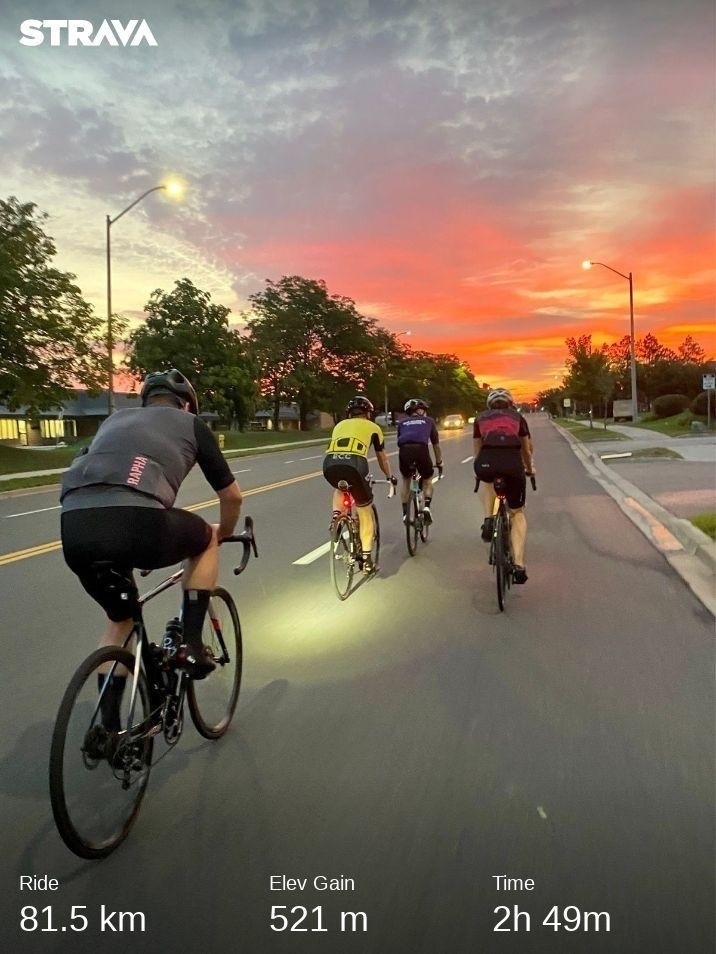
Found some rapids on today’s run 🏃♂️
Different running route today to find some unpaved roads and justify packing my trail shoes on the vacation 🏃♂️
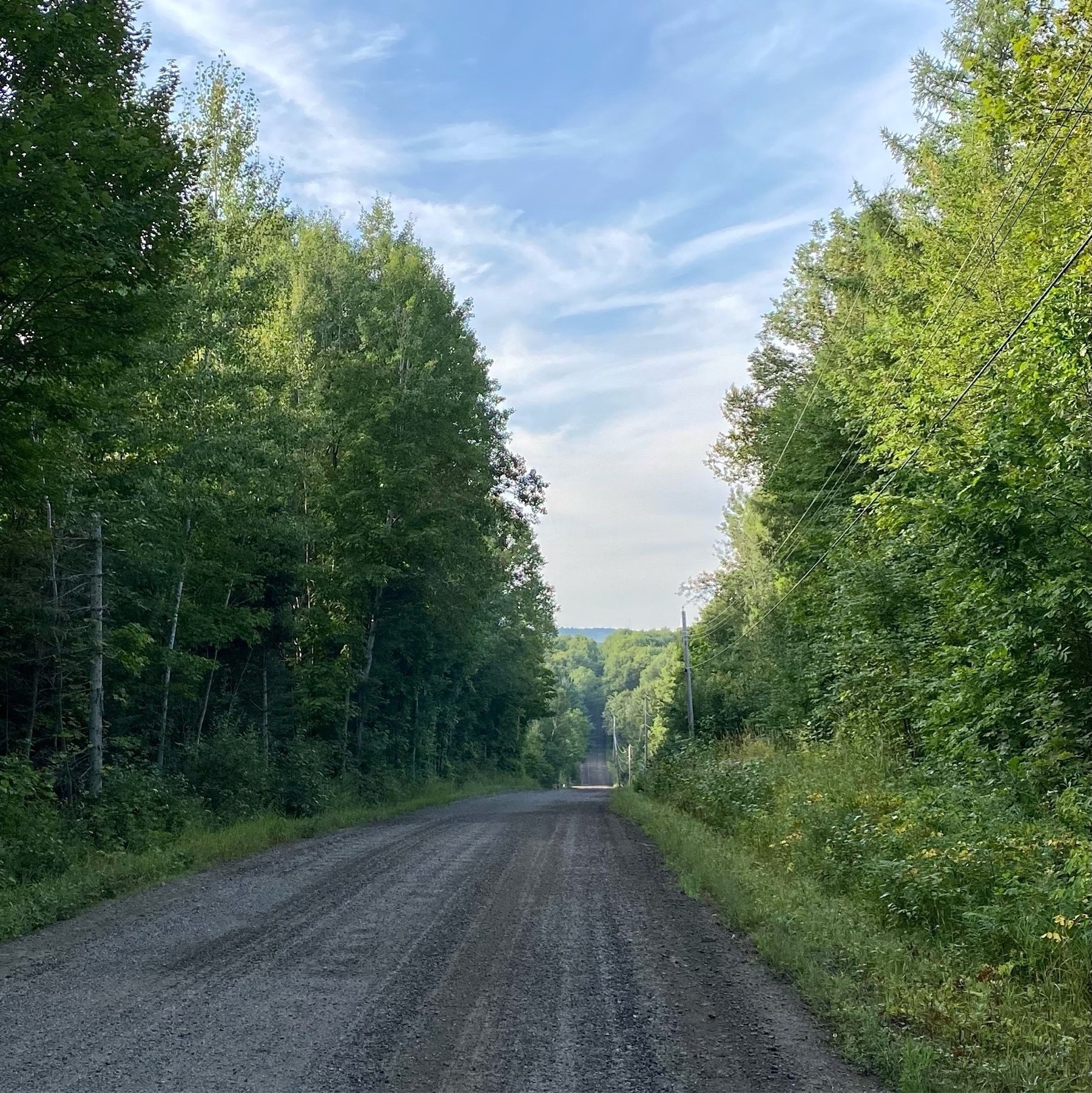
Tremblant 70.3 Ironman notes 🏊♂️🚴♂️🏃♂️
After a few days of recovery, and before I forget, here are a few notes on the Tremblant 70.3 Ironman.
The short version (given there’s lots of details below) is that the course was fantastic and the race was really well organized.
Pre-race
This part was easy and the day prior to the race. There were scheduled times for registration and all we needed was the QR code from our online payment. With that, they handed over a wristband, timing chip, all sorts of stickers with my bib number, swim cap, t-shirt, and a morning gear bag for transferring clothing from the swim start to the run finish.
Next up was dropping my bike off at the transition. There were two stickers for the bike, both of which had my bib number on them and matched the number on my wristband. Staff at the transition entrance used these to make sure the bike belonged to me, before letting me in. Then I tracked down my transition spot, which was at the bike start end of the transition zone.
They also had a mandatory athlete’s briefing in the afternoon. As a first timer, this was really helpful. They talked through the overall course, showed some specific turn arounds and tricky spots, and then reminded us of the important rules. There were also repeated (and welcome) warnings that race day was going to be exceedingly hot (at least for recently hibernating Canadians) and that everyone needed to take precautions.
That was it for the Saturday events, other than finding some food and trying to get a good night’s sleep. Sunday (race day) started early, so that I could get the rest of my transition spot set up by 6:30. As with the bike, they checked wristbands before letting anyone in. I took about 10 minutes to get everything organized and visualize how I’d move through the zone.
Swim
Although the novelty might wear off after a few more races, standing on a beach with 2,000 other people along with a strong mix of excitement and anxiety is quite the experience. People were in and out of the lake to get in a warmup swim before the start and then the national anthem played just before 7. The pro men started right at 7, followed by the pro women at 7:05, and then the rest of us started at 7:10. We were all self organized into corrals of different expected finish times and I aimed for the back end of the 34-37 minute corral.
Rather than one big mass start, there was a gate system at the start of the swim that let six swimmers through every 10 seconds. This kept a steady stream of swimmers going through the start without a giant crowd. The only downside was that it took a while to clear the beach. The pro men had already started their bike rides before I’d even left the beach! I crossed the start line at 7:32.
Not much to say about the swim. The water was a nice, cool temperature and there were only a few spots around the half-way point where there was any significant contact with other swimmers. This was mostly because at that point we were swimming directly into the sun and seeing the buoys was really challenging. We all just kept swimming forward, assuming that anyone in front of us was headed in roughly the right direction and it all worked out.
I saw at least three people getting hauled out of the water by the safety teams that were paddling around in canoes and kayaks. I can only imagine how difficult it would be to need to quit the race so early, but safety is so much more important than pushing through and risking serious injury.
One challenge I had with the Milton sprint triathlon was significant dizziness at the end of the swim and, consequently, a challenge getting through T1 on the bike. So, this time I slowed down near the end of the swim and tried to more carefully move from vertical to horizontal while getting out of the water. This seemed to help; although I still felt a bit light-headed, it wasn’t nearly as bad as last time.
33 minutes for the swim was faster than I’d planned, though I felt good throughout. So, I wasn’t worried.
The swim ended with a 200m run into the transition zone. During this, I was able to wiggle out of the top half of my wetsuit, in preparation for the rest of the transition. Once I was at my transition spot, I pulled off the wetsuit and quickly consumed one caffeinated gel. Then helmet on (they’re really strict about not touching your bike without a helmet on), bike shoes on, and grabbed the bike to run out to the bike mount line.
Bike
The bike course was gorgeous. Lots of hills through Canadian Shield and forests on (mostly) smooth asphalt. There was a really steep downhill around km 16 that got me up to about 79 km/h and, since this was part of a loop, I also had to climb back up this hill on the way back. I’d been worried about this when looking at the map. But, in the end, it wasn’t so bad. I knew it was coming and just had to power through. The part that surprised me was the undulating hills in the last third. Despite the great scenery, these were really hard!
My coach had advised I keep my heart rate around 155 throughout the bike course. Other than a few of the climbs, I was able to stick to this. It was actually really helpful to have a specific target to keep trying to hit. Three hours on the bike can get rather tedious without something to focus on and there’s always a worry about pushing too hard on the bike and blowing up on the run.
There were four aid stations on the bike course. Given the heat warning, at each one I grabbed a 750mL bottle of water. 2/3rds of the water I sprayed onto my head for cooling, the rest I drank. They had kids at the end of each aid station with hockey nets and sticks. You threw the empty bottle towards the net and they stick handled them in for disposal.
I also had a 750mL bottle of electrolytes and 500mL bottle of water on the bike that I consumed throughout, along with two Stroopwafels and two energy gels.
2 hours and 56 minutes on the bike was a few minutes faster than I’d anticipated. So, also happy with this. By the end of the 90km, my legs felt reasonably fresh, but I was glad to get off the bike. Things were starting to get pretty uncomfortable. This might partly have been because it was actually my first ever ride with aero bars. I wouldn’t recommend waiting until a race to try these out, though that was how it worked out for me. Overall, I’d say the aero bars were more comfortable than I’d expected, I just wasn’t used to them.
Run
T2 was straightforward. I racked my bike, took off my helmet, and switched to running shoes and a hat. One more caffeinated gel and off I went.
My plan was to maintain a 5:30 minutes/km pace for the run with an emphasis on keeping it slow after the bike transition (it is really tempting to start running fast off the bike). This was sustainable for about the first half. By the second half, though, the heat really started catching up with me and I had to slow down to around 6 minutes/km. I was super sensitive about pushing too hard in the heat and, consequently, jeopardizing actually finishing the race. So, I wasn’t upset about slowing down. I did see at least two people off to the side of the course being attended by medics with apparent heat stroke, which were good reminders to pace carefully.
I’d committed to myself before the race that I would walk through each of the 12 aid stations. At each one, one water went onto my head, another I drank, and then I grabbed a couple of cups of ice. I had a small ziplock bag that I put ice in to hold, while the other ice went down the front of the Triathlon suit. Like me, many of the runners were making lots of jiggling noises as the ice that had fallen down into our shorts bounced around. Absolutely necessary though, given the heat and humidity.
For nutrition on the run, I had two gels: one at about the 10km mark and the other around 15 km.
The run course was also gorgeous. We ran through a decommissioned rail road track converted to a multi-use recreational path through the heart of the Laurentians that included waterfalls and forested areas. Although not as shaded as I’d hoped, the course was great. There were also a few spots with sprinklers or fire hydrants spraying water. These were helpful for cooling down. I was particularly amused by the local resident that was lounging in a lawn chair with a beer in one hand and hose in the other. A bit of eye contact and thumbs up was all you needed to have him hose you down on the way by: so refreshing!
Kilometres 14 to 17 were pretty tough. I was far enough along to be pretty tired, but not yet quite far enough to know that it was almost over. Knowing my family was at the end, ready to cheer me on really helped here.
The last km of the run was an extra experience. You run right down the hill through the middle of the Tremblant village with spectators cheering you on from either side. Despite all the hard work up to this point, you really feel pretty energized for this part, especially when you finally see the finish line up ahead.
2 hours and 3 minutes for the run was just a few minutes slower than I’d anticipated. I was totally happy with this time, given everything that preceded it and the heat.
Post-race
The finish line funnels you into a big tent with picnic benches. There were plenty of cold drinks available, along with a plate filled with pasta and french fries. I grabbed a couple of waters and then made my way out of the tent to see my family. I was pretty focused on that point with seeing them and then getting into the lake to cool down.
My main goal had been to finish the race. That was accomplished. My second goal was to be in the top half of finishers. I managed to be in the top 1/3 for my age group and top 1/2 overall. So, I was very happy with my overall results.
I felt that I executed the race well. No issues with hydration or nutrition, along with an intentionally conservative level of effort to maximize my chances of finishing the race worked out well.
Two minor lessons learned: more sunscreen, I burned the back of my shoulders pretty thoroughly; and some more lubrication under the zipper of the Triathlon suit, I still have a pretty good friction burn in the middle of my chest.
